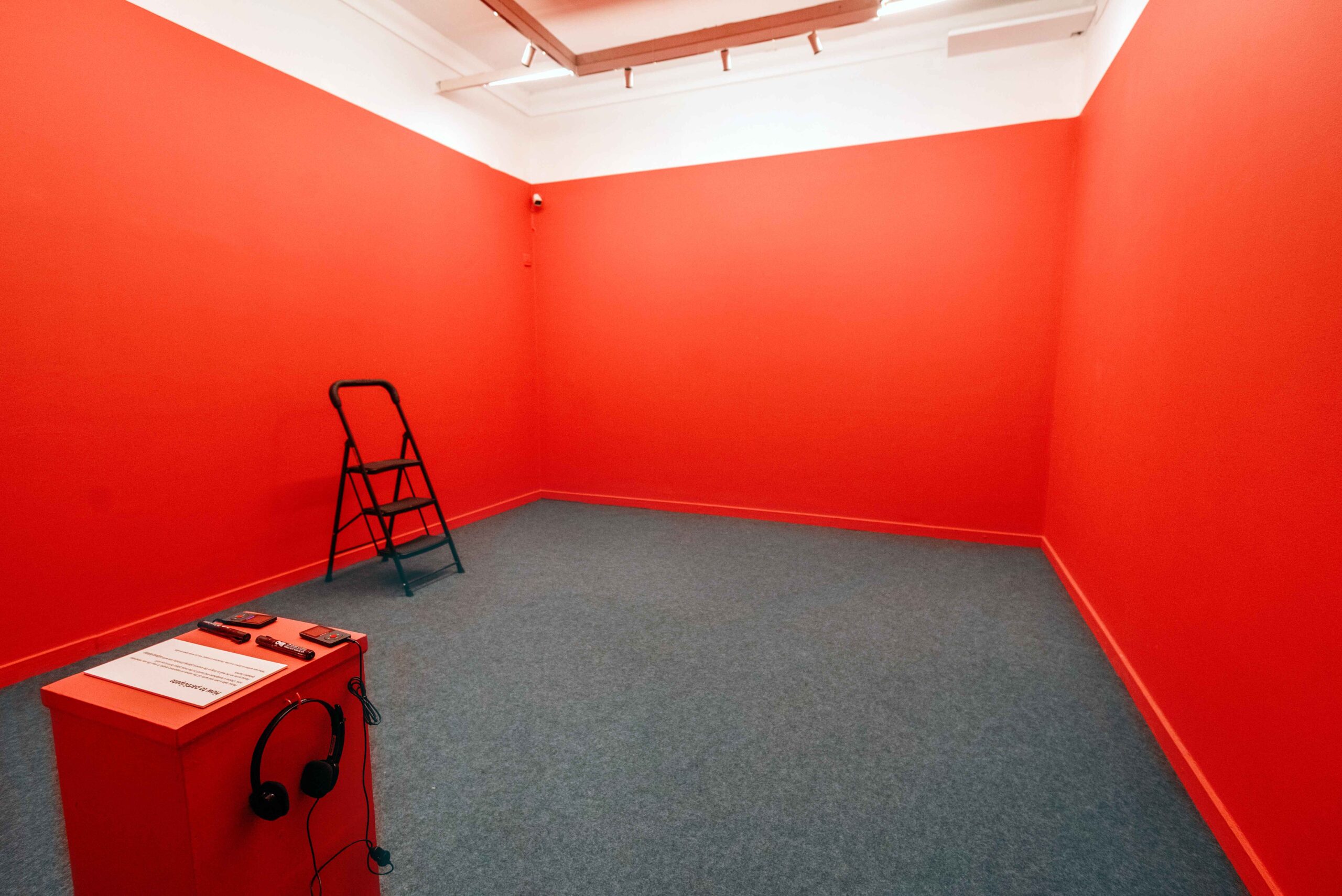ZARINA HASHMI:
OF PAPER’S MATERIALITY
Uma Nair
The very term “Folding House” became a stimulus for creativity last week at the opening of Zarina Hashmi who is considered a citizen of the world; and on a wall of the staircase at Gallery Espace is a delightfully minimal series of vaguely Mondrian-like collective series based on blueprints from the artist’s periods of residence in different parts of the world.But what brims the epoch of creative sojourn is the simple fact that this show is about threads and thoughts and little pieces of handmade paper worked upon with Sumi ink and gold leaf.“ Zarina’s art speaks poignantly, though sometimes opaquely, of relocation and exile,” says Renu Modi who has been unveiling her over the past decade. And one clearly remembers Zarina’s more cryptic and deeply lyrical “Home Is a Foreign Place” (1999), a portfolio of 36 woodcuts on handmade Japanese paper.Indeed as you walk around and look at two more collective works in the same genre you are aware that she has an indepth understanding and translation of what it is to translate translate Urdu words into black-and-white abstractions. “Akhri Shabke Hum Safar” Companions of the End of the Night,2013 (the title also appears on the piece in Urdu script), somewhat mysteriously, is represented by a black rectangle. It harnesses the truth that Zarina is into the throes of subtle Sufism,even as you acknowledge that Urdu as a language is becoming extinct in India and that Urdu poetry, as the scholar Aamir R. Mufti wrote in her catalogue in New York is “obsessively concerned with experiences of loss and disappointment.” The show mounted with minimal elanshowcases the capacity of an artist’s to be able to revel in the material and multicultural possibilities of paper.Travels have added to the zeitgeist of summative memories.But what entices is her ability to work on paper to create corollaries that are fierce and delicate—she pierces, folds, scratches, and cuts monochromatic grounds—to give us a series of textured surfaces that invite intimate viewing and extended contemplation. It emphasizes the sculptural sensibility that underlies printmaking, originating in the carving of a woodblock or the assembly of a collage. Zarina draws our attention beyond paper’s materiality, and allies it with India’s literary traditions. Urdu poetry and calligraphy greatly influence and inspire Zarina, who embeds evocative quotations and references throughout her work.


